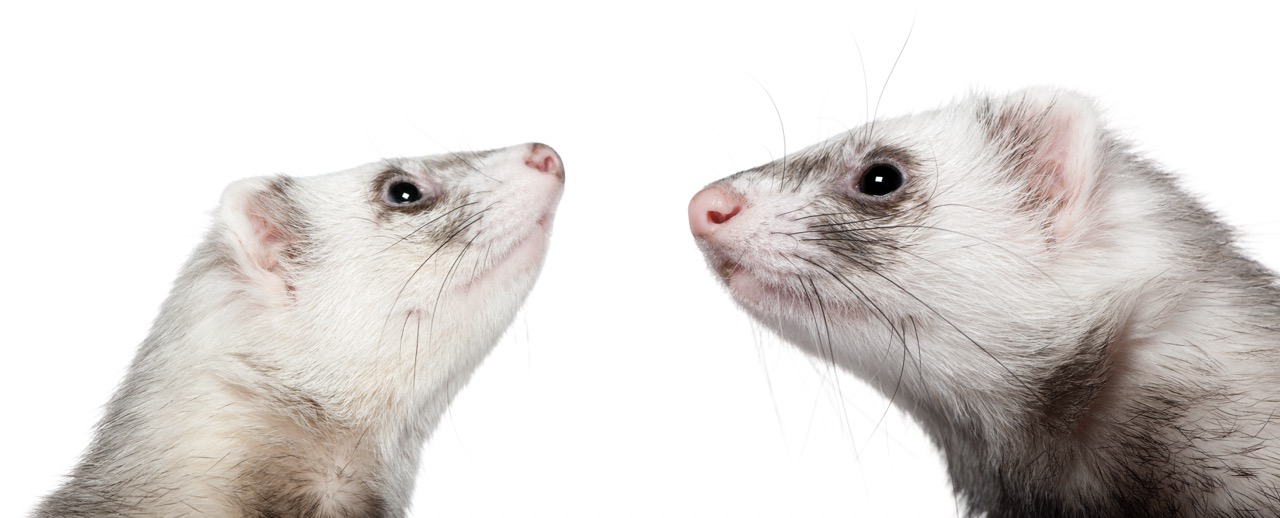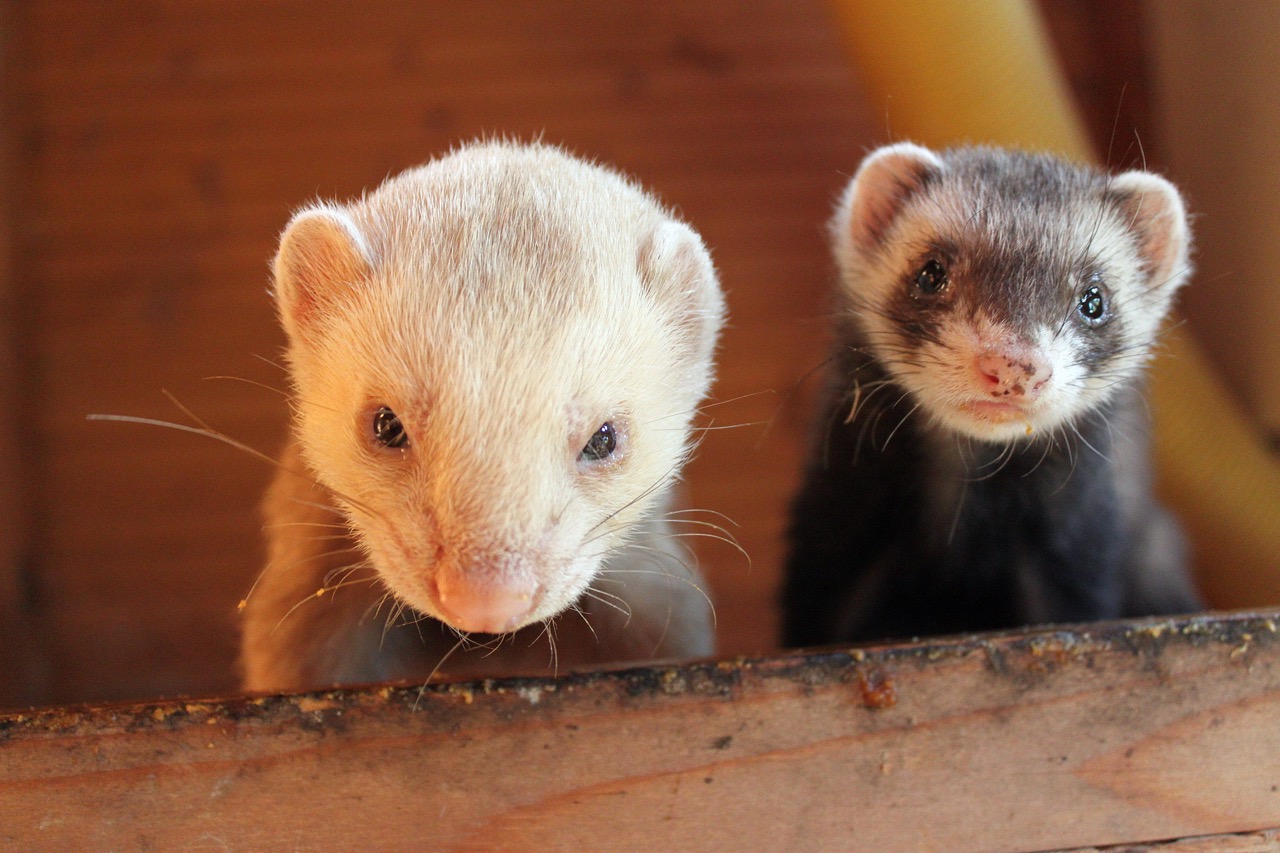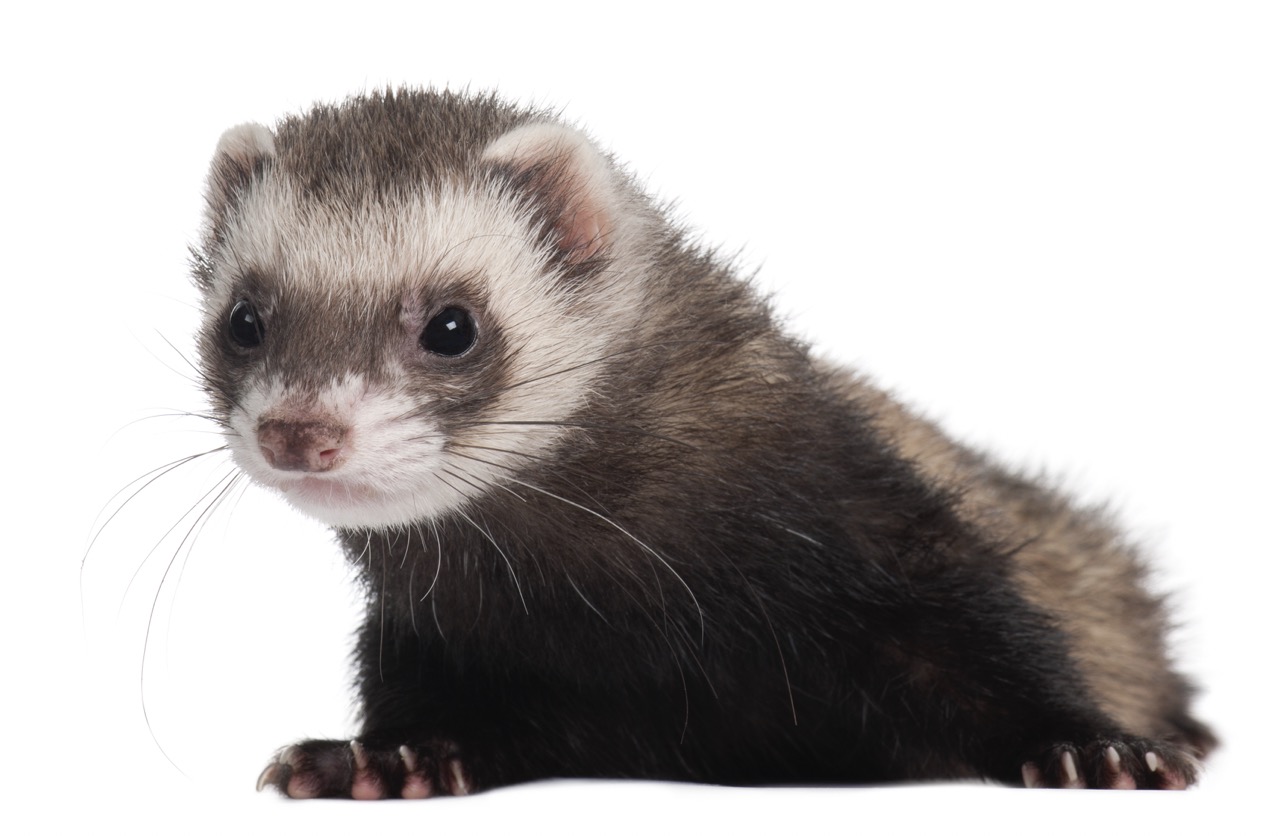Ferrets, belonging to the family Mustelidae, are fascinating creatures recognized for their playful demeanor and curious nature. However, beneath their charming exterior lies a biological framework that equips them with remarkable hunting abilities. Their anatomy, sensory capabilities, instinctual behaviors, and adaptability enable ferrets to excel in various predatory scenarios. This article explores how ferrets’ biology makes them excellent hunters, shedding light on their impressive skills.
Understanding Ferrets’ Unique Anatomy and Physiology
Ferrets possess a sleek and elongated body, which is a crucial element of their hunting efficiency. Their flexible spine allows them to navigate through tight spaces, making them adept at pursuing prey in burrows and dens. Additionally, their small size—typically weighing between 1.5 to 4 pounds—enables them to enter environments where larger predators cannot. This anatomical adaptation not only enhances their hunting capabilities but also allows them to exploit niches that are often overlooked by other predators.
The muscular build of a ferret contributes significantly to its agility and speed. With a body optimized for quick bursts of energy, ferrets can swiftly dart after their prey, making them effective hunters in various situations. Furthermore, their retractable claws provide excellent grip and traction, allowing them to climb and maneuver effectively when chasing after elusive targets. This combination of muscular build and unique limb structure enables ferrets to be efficient in their hunting strategies.
Another key aspect of ferret physiology is their high metabolic rate, which supports their active lifestyle. Ferrets require a protein-rich diet that fuels their energetic pursuits, as they rely on quick bursts of speed to capture prey. This metabolic adaptation not only makes them efficient hunters but also necessitates their frequent foraging for food. As a result, ferrets are constantly engaged in hunting behavior, which further hones their skills and reinforces their role as predators.
The Role of Senses in Ferret Hunting Efficiency
Ferrets are equipped with heightened senses that play a crucial role in their hunting efficiency. Their sense of smell is particularly developed, allowing them to detect scents in their environment with remarkable precision. This olfactory ability helps ferrets locate prey, even in complex underground burrows or dense vegetation. The keen sense of smell is an evolutionary advantage that ferrets utilize to identify potential targets and track them effectively.
In addition to their sense of smell, ferrets possess acute hearing, which aids them in detecting the sounds made by potential prey. Their small ears are capable of picking up high-frequency noises that might go unnoticed by larger animals. This auditory sensitivity allows ferrets to pinpoint the location of their prey, whether it is rustling in the underbrush or skittering within its burrow. Together, these sensory adaptations form a powerful toolkit for hunting, enabling ferrets to engage their prey with precision.
Ferrets also have well-adapted vision that complements their other senses. Although their eyesight is optimized for low-light conditions, it allows them to see movement effectively, making them agile hunters during dawn or dusk. This combination of enhanced olfactory, auditory, and visual senses makes ferrets formidable hunters, able to locate and track their prey in a variety of environments and circumstances.
Hunting Techniques: Instincts and Behaviors Unveiled
Ferrets exhibit a range of instinctual hunting behaviors that enhance their effectiveness as predators. One of the most notable traits is their ability to engage in “play-hunting,” where they mimic the actions of stalking and capturing prey. This behavior is not only instinctual but also serves as practice, sharpening their skills and preparing them for real hunting scenarios. Play-hunting helps ferrets develop important techniques that will be utilized when they are in pursuit of actual prey.
Another key hunting technique involves the use of stealth. Ferrets often employ an approach-and-ambush strategy, where they quietly stalk their prey before making a sudden dash to capture it. This technique is complemented by their ability to remain low to the ground, minimizing their visibility while they approach. The element of surprise is crucial in hunting, and ferrets have mastered this skill, allowing them to catch unsuspecting prey off guard.
Ferrets are also social hunters, often working in pairs or small groups to increase their hunting success. This cooperative behavior can be seen in the wild, where ferrets will coordinate their movements to drive prey into a confined space or towards other members of the group. This social dynamic enhances their efficiency, enabling them to bring down prey that may be too large or quick for a solitary ferret to catch. The combination of individual skills and teamwork underscores the evolutionary advantages ferrets have developed as hunters.
Adapting to Environments: Ferrets as Versatile Predators
Ferrets are remarkably adaptable predators, capable of thriving in a variety of environments. Their natural habitats range from grasslands to forests, and they can even flourish in urban settings. This versatility allows ferrets to exploit diverse prey sources, adjusting their hunting techniques based on the terrain and available food. For instance, in open grasslands, ferrets may rely on speed and agility, while in wooded areas, they may utilize stealth and ambush tactics.
Moreover, ferrets have evolved to hunt different types of prey depending on their environment. They primarily target small mammals, birds, and even insects, demonstrating their opportunistic feeding habits. This adaptability is vital for survival, as it enables ferrets to respond to changes in prey availability or environmental conditions. By being flexible in their hunting strategies, ferrets increase their chances of successfully capturing food regardless of the circumstances.
In addition to their hunting techniques, ferrets exhibit remarkable resourcefulness in their foraging behaviors. They are known to explore and investigate their surroundings, often venturing into new territories to seek out food. This exploratory nature not only enhances their skill set as hunters but also ensures their survival in fluctuating ecosystems. As such, ferrets epitomize versatility, showcasing their ability to thrive as predators across diverse habitats.
In summary, ferrets are exceptional hunters, driven by a unique combination of anatomical features, acute sensory capabilities, instinctual hunting behaviors, and remarkable adaptability. Their sleek bodies, high metabolic rates, and finely-tuned senses equip them for efficient predation. Through their skilled hunting techniques and versatility in varying environments, ferrets have established themselves as effective and adaptable predators. Understanding the biology of ferrets provides insight into their natural behaviors and the essential roles they play in the ecosystems they inhabit.










